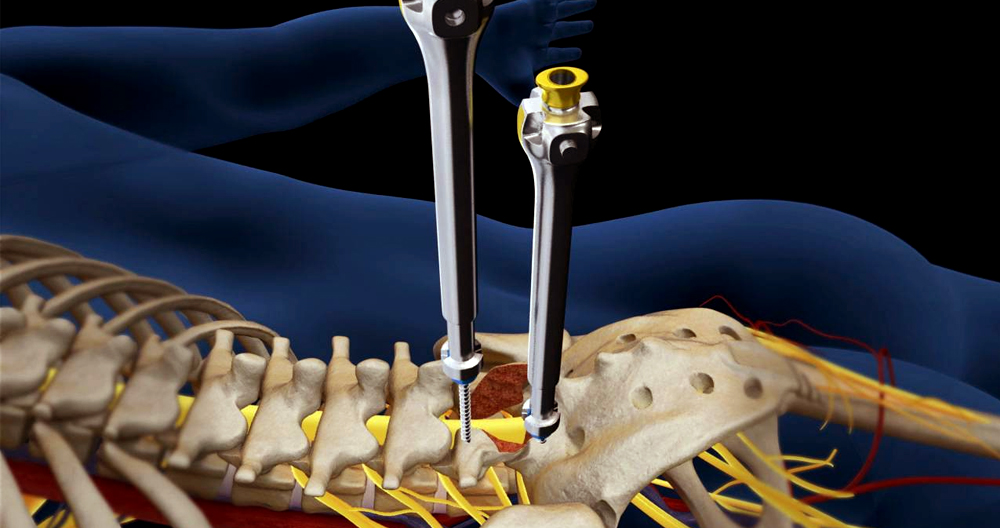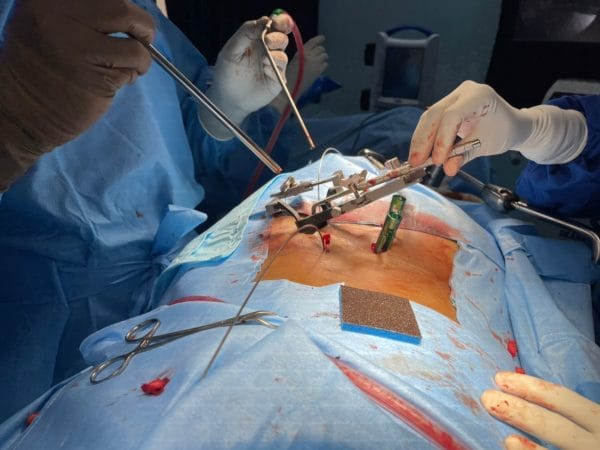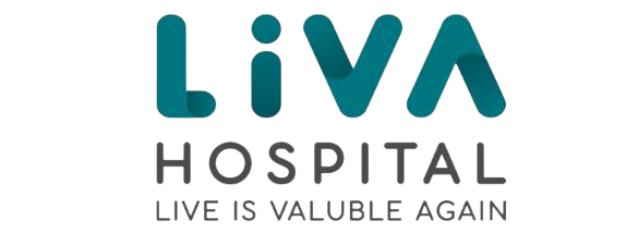The comes as a sharp pain. It starts in your lower back. It shoots down your legs like an arrow. This makes you unable to move freely.
Many people with a “slipped disk” in their back experience this pain.
Back pain and slipped disks (herniated disks) are common health challenges. They bother millions worldwide.
The good news is that disk surgeries are much better now. This is compared to a decade ago. Modern techniques offer precise solutions.
They have minimal complications. Examples include robotic surgery and micro-endoscopy.
Surgeries have evolved. They went from open operations with complications. Now they are precise and safe modern procedures.
Liva Hospital in Turkey uses advanced techniques. These include endoscopy, robotic navigation, and micro-fusion. They provide the best results and fast recovery.

What is a Slipped Disk (Herniated Disk)?
Before discussing operations, let’s understand the problem. The spine has a series of vertebrae.
Cartilage discs separate them. These discs act as shock absorbers. When a disc weakens or tears, its inner part (nucleus pulposus) bulges.
This presses on nearby nerves. It causes severe pain. This pain can extend to the limbs.
A disc can slip or herniate. This causes nerve compression. It leads to severe pain in the back or limbs.
Liva Hospital in Turkey accurately diagnoses these conditions. They use the latest medical imaging techniques.
Common symptoms:
- Sharp pain in the back or neck.
- Numbness or weakness in the arms or legs.
- Difficulty moving or walking.
Latest Disk Operation Techniques
Here are some of the best modern disk operation techniques. You can consider them for yourself or a loved one.
Endoscopic Discectomy (TESSYS)
The TESSYS technique allows surgeons to remove a herniated disc.
This is done through a narrow canal. The surgeon enters from behind the vertebrae.
No large incision or major cuts are needed. Studies show a high success rate. It is over 95%. Complication rates are low (about 6%). Hospital stay is also shorter.
Microscopic Discectomy (MED)
This is precise surgery. It uses a microscope and small instruments.
It preserves muscles and bones. Studies show MED achieves excellent results. This is compared to traditional open surgery. It reduces blood loss. Recovery times are faster.
Percutaneous Laser Disc Decompression (PLDD)
This technique involves inserting laser fibers into the disc. This relieves pressure. The patient typically has a small opening.
It is done under image guidance. Clinical results show about 80% of selected patients heal. They have limited herniation without major complications.
Traditional Microscopic Discectomy
This technique is broader than endoscopy. But it precisely removes the herniated part using a microscope. It is a reliable treatment. It has a 90% success rate in most cases.
Minimally Invasive Spinal Fusion (MIS-TLIF) and Fusion Techniques
For spinal slippage or instability, MIS-TLIF is used. It is supported by endoscopy and robotic navigation. It connects vertebrae using screws and rods. This is done through small incisions.
Studies show fusion rates over 95%. It has reduced blood loss. Hospital stay is also shorter.

Advanced Future Techniques
Future solutions have emerged. These include disk replacements. They maintain natural movement. Also, Biacuplasty uses “microwave” heat.
This disables pain nerves inside the disc. Some initial tests show promising results. But they are still under study.
Non-surgical techniques also appeared in recent years. These include injecting platelet-rich plasma or ozone into the disc.
They show promising results. They reduce pain and improve movement. This is especially true for early cases. Or for those not suitable for surgery.
Advantages of Modern Disk Operations
Most modern operations are less invasive. This is great. It means:
- Very small surgical incisions.
- Less blood loss during surgery.
- Fast recovery. Return to normal life in days.
- Reduced risk of infection and complications.
- Some operations can be done with only local anesthesia.
Conclusion
Simply put, spine performance is better now than ever. Modern disk operations offer less pain.
They also offer faster healing and fewer complications. Examples include endoscopy, laser, and micro-surgery with robotics and navigation.
Disk surgeries are no longer as frightening as in the past. Modern techniques and specialized centers like Liva Hospital make these operations safe and effective.
Results restore patients’ normal lives. Accurate diagnosis and choosing the right medical team are key.
In Turkey, these techniques are combined with a multidisciplinary team. This provides the best patient care. It ensures satisfactory and safe results.
Frequently Asked Questions (FAQ)
Are endoscopic operations painful?
No, they are often done under local or light anesthesia. Patients return home in a day or two. They see significant improvement from the first day.
Which is better, TESSYS or MED?
Both use small incisions. TESSYS uses only a tiny channel. MED uses a microscope and slightly larger equipment. The choice depends on the patient’s condition and the surgeon’s expertise.
How long is the recovery after PLDD with laser?
Patients usually need one or two weeks to return to daily activity. Follow-up is needed to avoid repeated tests.
When is fusion surgery like MIS-TLIF used?
It is used when there is spinal slippage or instability. This includes fractures. It involves connecting vertebrae with fusion bundles.
Is robotic navigation necessary?
It is not always necessary. But it reduces blood loss and errors. It shortens surgery time. This can generally improve results.
Is Liva Hospital reliable for these operations?
Yes, it uses the latest methods. These range from endoscopy to robot-assisted micro-surgery. It offers a multidisciplinary team. They ensure the best care. They guarantee a fast and safe recovery.



